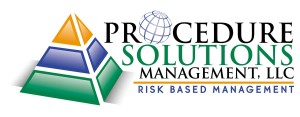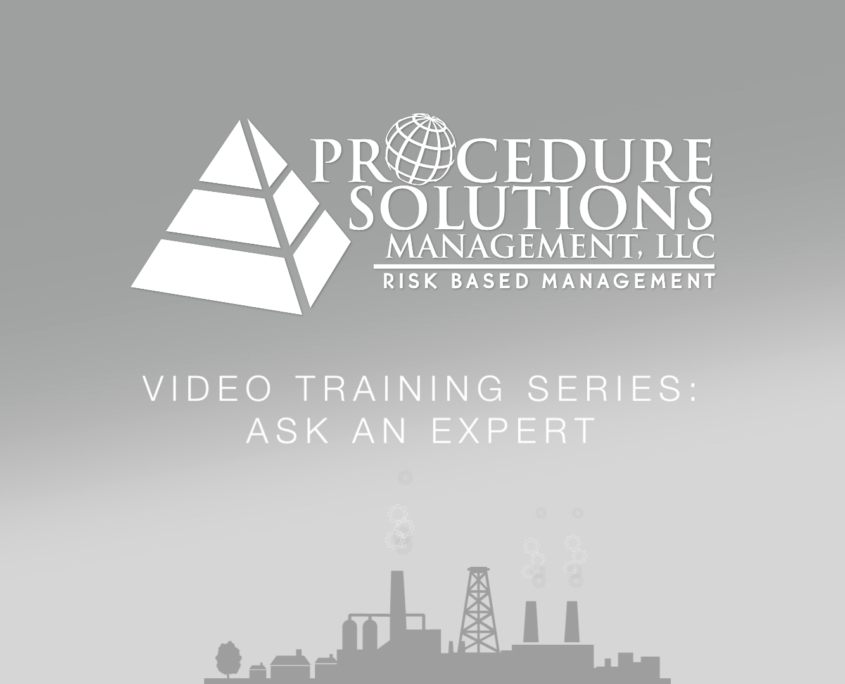What Does “Good” Look Like – Part 4

Procedure Solutions Management, LLC – Video Training Series – What Does “Good” Look Like? – Identifying Human Error Likely Situations
Identifying Human Error Likely Situations – What Does “Good” Look Like? – Episode 4
Since 2008, Procedure Solutions Management, LLC, has taught over 9,000 (correction over 10,000) students on a variety of procedure-related topics. When we teach our classes there are 5 main principles that we want to convey:
- Level of Detail – What to do OR how to do it.
- Identify Common Error Likely Situations – What does “Good” look like?
- General Technical Writing Guidelines – Writing Fundamentals
- Organizing and Sequencing of Steps
- Utilizing Templates or Human-Factored Writing Tools
This is part 4 of a 4-part “What Does “Good” Look Like” series that will focus on the second principle, Identifying (and Eliminating) Human Error Likely Situations. It will cover the following:
- Complex Calculations Without a Peer Check
- Non-Typical/Unusual Steps or Terms
- Time Constraints
We had fun putting these videos together and hope you will enjoy them. Please remember that this is only a very small part of a comprehensive training curriculum that was designed to help eliminate human performance challenges in procedures.
For more information on our Procedure Writer Certification Courses, visit our Training Page or Register NOW for one of our upcoming classes. Blog readers can use the following coupon code to save $100 on course registration: VTSBlog18
For more articles on technical writing and to be notified when part two is released, be sure to subscribe to our blog using the link to the right of this post.






